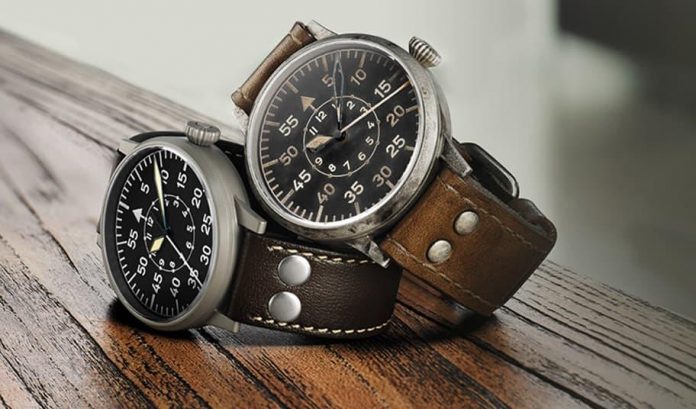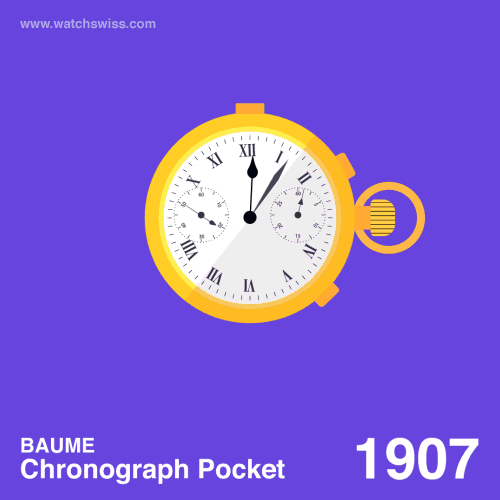What time is it? It seems easy to answer the question by making a small twist of the wrist and observing our modern clock. Watches help you manage time in your home business. Maybe you’ve never thought about the fact that to get to your wrist, the clock had to pass through a gruesome story in which it was not always so suitable for measuring time.
So, read on to discover the different types of watches in history, those that have led to determining the passage of hours quickly and effectively.
Different Types of Watches in History
The history of the measurement of time goes back to the creation of the sexagesimal system, originated in Mesopotamia and Egypt, approximately 4000 years ago. At that time there were no devices that measured the time, so they used constructions that served to determine the passage of the seasons, like calendars.
Devices Before the Clocks
These are the first devices that measured time. They divided the day according to the movement of the sun so that the hours were longer in summer and shorter in winter. They were linked to the observation of the movements of the stars in the sky, so they measured the passage of the seasons in a certain way. Seeing how the stars repeated the patterns every certain period, they could start to create basic counting objects that depended on the regular phenomena of nature, such as tidal clocks.
#1: Sundials
It could be said that the sundials were the first moderately reliable devices to measure the passage of time. They appeared as objects intended to give information about the calendar. They later functioned to mark the passage of time in the short term, observing the pattern of movement of the sun and that of the shadows when advancing between two points.
#2: Water clocks
The use of objects that measured time by water goes back to antiquity, in China. These devices, also called hourglasses, used the regulated flow of water from one graduated container to another to measure the passage of time.
They were used especially during the night since at that time the sundials were not functional. They were originally made up of a ceramic vessel that contained water up to a specific level, with a hole in the base that allowed the water to leave with a certain flow until the time predetermined with the amount of water was completed.
#3: Hourglasses
The device is very similar to the water clock. Its origin is uncertain, although it is dated in Europe, in the 14th century, at which time there is evidence of hourglasses of similar appearance to the current ones.
The device with two containers, usually glass, connected at a point where they are narrowed. In this way, they allow a continuous flow of fine sand to pass from the top to the bottom. When finished, just turn the object over to reset the time account.
#4: Fire watches
The origin of fire watches is totally unknown. They base their operation on a flame that evolves, or on the constant combustion of a material. Time is measured by comparing the flame or material with a scale. There are data on the use of this type of device until the 10th century in Japan.
#5: Mechanical clock
The appearance of the mechanical clock assumes the beginning of the measurement of time accurately. The first clocks built with mechanical parts date from the late 13th century, achieving only large pieces that were intended for public places such as town halls or churches.
The technique improved over time, reducing the machinery needed to achieve devices similar to those we know today. The discoveries and improvements made by the inventors of the 17th century included elements such as the pendulum, improvements on the accuracy of watches, and reducing them to a size that was portable for people.
#6: Modern watches
In the year 1904, the men’s wristwatch, designed by Louis Cartier, appears. Previously, in the year 1868, Patek Philippe invented the wristwatch for women, which was thought more as a jewelry item.
Technology never stops advancing. That is why after the creation of the wristwatch, other modern and interesting objects have appeared, such as digital watches, tactical watches, chronometers, and chronographs, which allow us to take much more exact measurements of the passage of time.
We can even talk about new devices that are still under development, that in the future will have very interesting applications, such as electric clocks or atomic clocks.
Prominent Timepieces in History
Dive in and learn more about what types of watches enthralled people in society over the years. Go through the motions of history’s most prominent timepieces.
Find a Home-Based Business to Start-Up >>> Hundreds of Business Listings.


















































